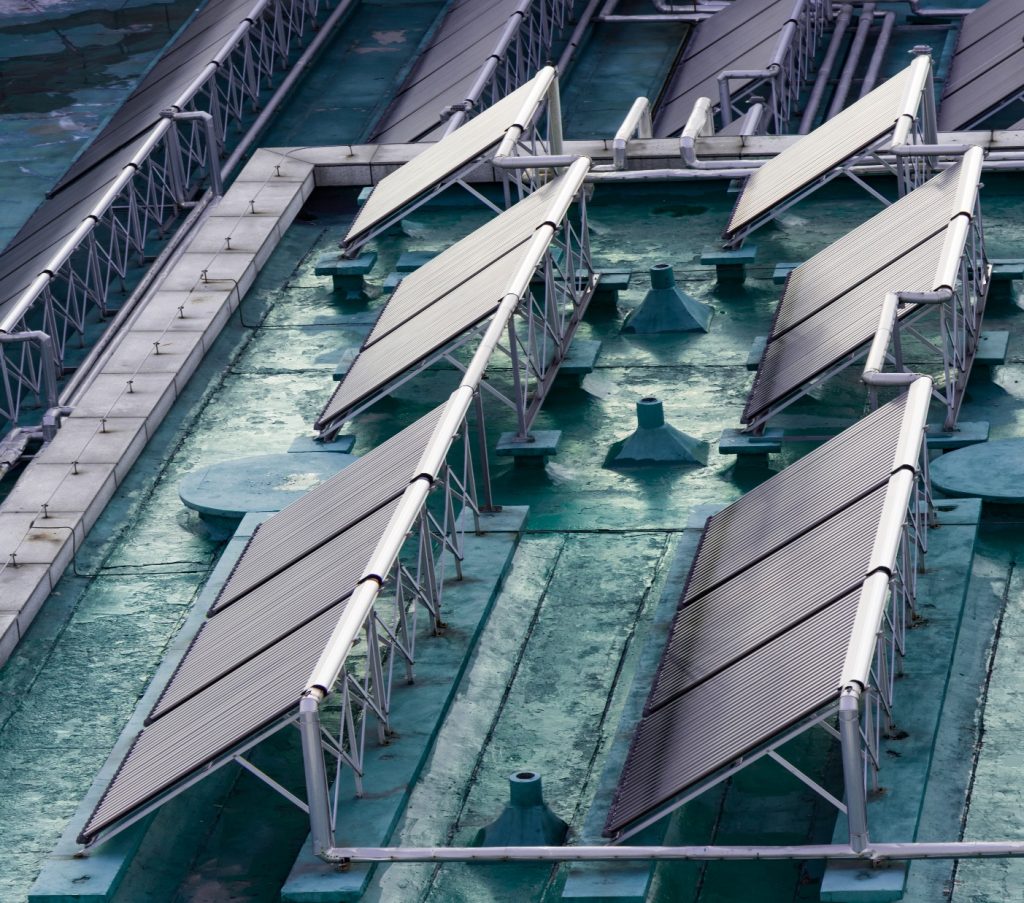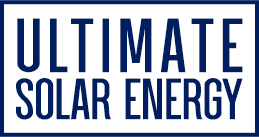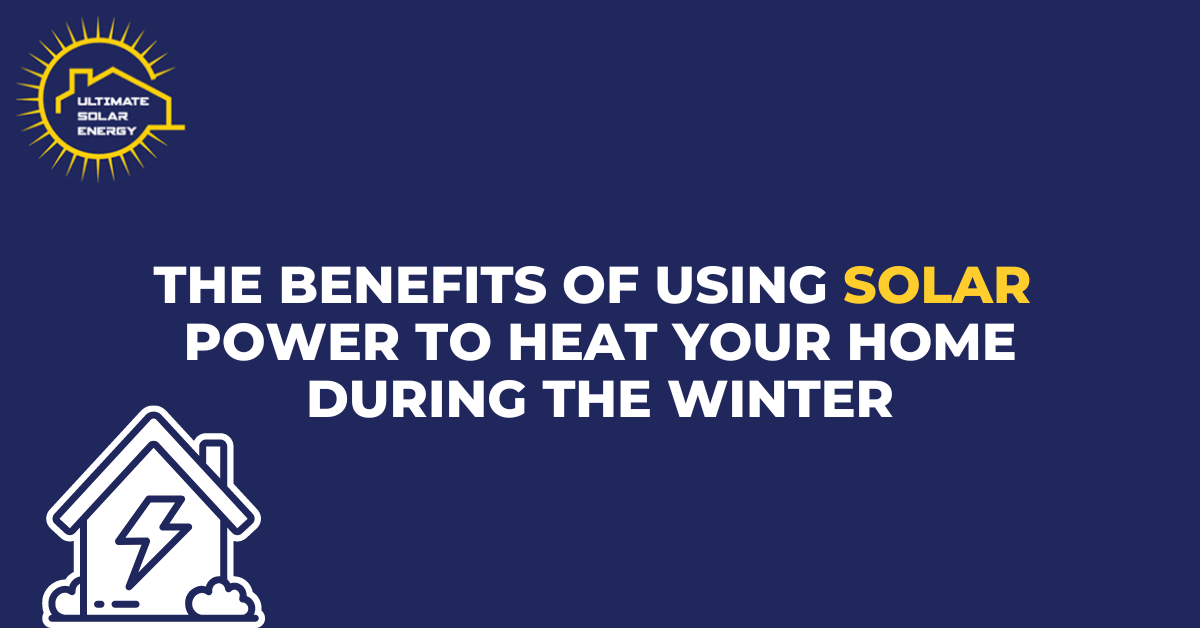The Benefits of Using Solar Power to Heat Your Home During the Winter
The Benefits of Using Solar Power to Heat Your Home During the Winter
As the global need to decrease our dependency on non-renewable energy sources like fossil fuels gains traction, more and more people are turning to alternative sources such as solar thermal energy. In hot weather countries like Australia, where heating, cooling, and hot water are fundamental to comfortable living, solar thermal energy systems are the perfect solution for every solar consumer.
The technology has advanced beyond solar hot water systems. Solar heating enables solar power users to heat and cool their homes and continue their business activities economically. Solar heating is a highly efficient technique during the winters that utilizes sunlight to heat any place with less use of resources, reduce expenses, and considerably lower the general carbon footprint.

How Does Solar Heating Work?
Solar heating is akin to the concept of a sun-exposed dark garden hose. The surface of the hose absorbs the heat of sunlight and increases the temperature of the water inside.
Solar thermal collectors are used for solar heating or cooling purposes. Open places or outdoor spaces like roofs or walls that get abundant sunlight are perfect for solar thermal collectors’ installation. An evacuated tube solar collector, composed of glass or plastic, absorbs sunlight and converts it into heat. This heat gets transferred to a fluid, like water or antifreeze, that circulates through a network of tubes or pipes to a heat exchanger or storage tank within the house. The storage tank or heat exchanger uses the heated fluid to supply hot water or provide space heating or cooling.
Types of Solar Collectors
There are two primary types of solar hot water systems:
- Close-coupled system
- Pumping system
These systems have an electric or gas booster that serves as a backup when there is insufficient sunlight to heat the water adequately.
Close-Coupled Systems
It consists of solar collectors mounted on the roof and a storage cylinder located horizontally above them. During day hours, water gets heated by the heat of sunlight as it passes through the collectors. There are two types of close-coupled systems: direct and indirect.
In a direct system, the heated water rises naturally through the solar collectors into the storage cylinder. It draws cooler water from the base of the cylinder down to the bottom of the collectors, where it is heated and rises through the collectors, creating a thermosyphon cycle. The cycle gets repeated until the water in the cylinder is sufficiently heated.
On the other hand, an indirect system uses an anti-freeze substance like glycol to treat the water flowing through the collectors. The water-glycol mixture is kept separate from the water in the cylinder. The heated mixture passes through a heat exchanger coil that heats the water in the cylinder. Then, it moves back to the bottom of the collectors. These systems are used in areas prone to frost to prevent the water from freezing and expanding, which could damage the collectors.
Good to Know: Indirect systems are more expensive than direct systems but are worth the investment in areas susceptible to frost.
Pumped Systems
The solar hot water system consists of solar collectors (or panels) installed on the roof to absorb sunlight and a storage cylinder placed on the ground similar to a conventional hot water system. A pump circulates water from the cylinder to the collectors to heat the water and back to the cylinder.
Good to Know: The pumps require a small amount of electricity. A pumped system is a good alternative when the roof structure is unable to support the weight of the storage cylinder in a close-coupled system.
Boosters
In cases where there isn’t enough sunshine to heat the water to the desired temperature, an auxiliary heater is used to boost the water temperature. These boosters can either be electric or gas-based.
An electric-boosted system contains a booster element within the storage cylinder, which can run on a cheaper off-peak electricity tariff.
On the other hand, a gas-boosted system uses a natural or LPG gas booster. The booster can either be within the storage cylinder or built on an outside wall (for close-coupled systems) or on the storage cylinder (for some pumped systems).
Good to Know: It is recommended to use hot water in the morning so that the solar energy from the sun can re-heat the water in the cylinder throughout the day.
Take Away
Solar heating offers a sustainable approach to heating and cooling homes and businesses. It not only helps to cut down on expenses but also significantly lowers carbon footprints. Overall, solar heating is an effective and sustainable solution for consumers looking to reduce their reliance on non-renewable energy sources.
At Ultimate Solar Energy, we make your decision-making process so simple. We design customized solutions based on your requirements, using only the most premium products.
Get a Free Quote now!

